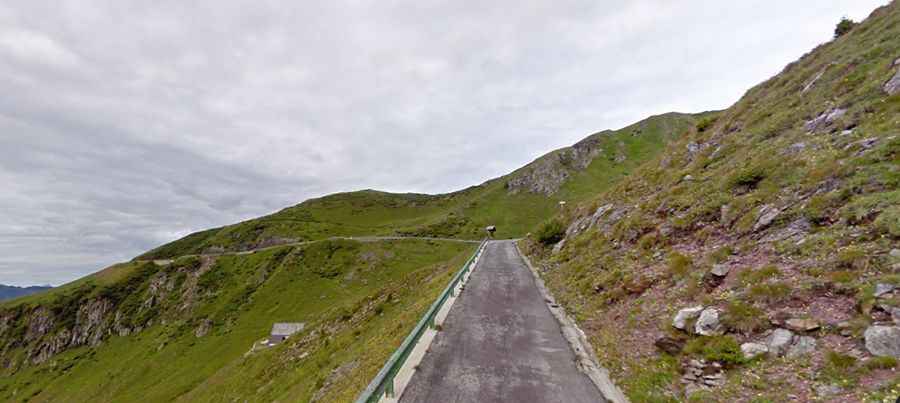How to drive the infamous Monte Crostis?
Monte Crostis is a high mountain pass at an elevation of 1.991m (6,532ft) above sea level, located in the Province of Udine in the Italian region Friuli-Venezia Giulia.

Where is Monte Crostis?
The pass is located in the northern part of the country, near the Austrian border.
When was the road to Monte Crostis built?
The road through the pass was built between 1940 and 1942. It’s essentially a single wide road with no divider line. At the summit, you have a fabulous view of both the north and south of the region.
Is the road to Monte Crostis paved?
The road to the summit is mostly paved except for 6 km of compact dirt road. It’s called Strada delle Vette (Panoramica delle Vette). The Giro d'Italia intended to pass Monte Crostis in 2011, but after the death of Wouter Weylandt and ongoing protests of the peloton, the jury decided to remove Crostis from the route due to its dangerousness and brutality.
How long is the road to Monte Crostis?
It’s 30km (19.13 miles) long, running from Ravascletto (a well-known summer/winter holiday resort in Friuli Venezia Giulia) to Tualis. You cannot reach the summit of Crostis (2.251m) by bike or car. A scary and extremely dangerous footpath, without guardrails or any protection, is the only solution.
Is Monte Crostis open now?
Set high in the Carnic Alps, in the Dolomites, it’s said to be the highest road open for vehicles in the Friuli region. It is usually impassable from late October through late June or early July (depending on snow). It has been known to be open longer in warm years. Over the whole drive, there’s no roof, no place to hide, when a storm hits the exposed place.
Is the road Monte Crostis challenging?
The road is extremely challenging, with 40 hairpin turns, huge drops, and very narrow parts, so proceed cautiously and hope no other vehicles come from the other direction. It's better not to attempt it with large SUVs or campers because the maneuvering spaces are almost non-existent. The inclination is usually somewhere between 12-18%, and there is no flat stretch, hitting a 20% maximum gradient through some of the ramps. In some turns, use your horn and listen. It can save your life.